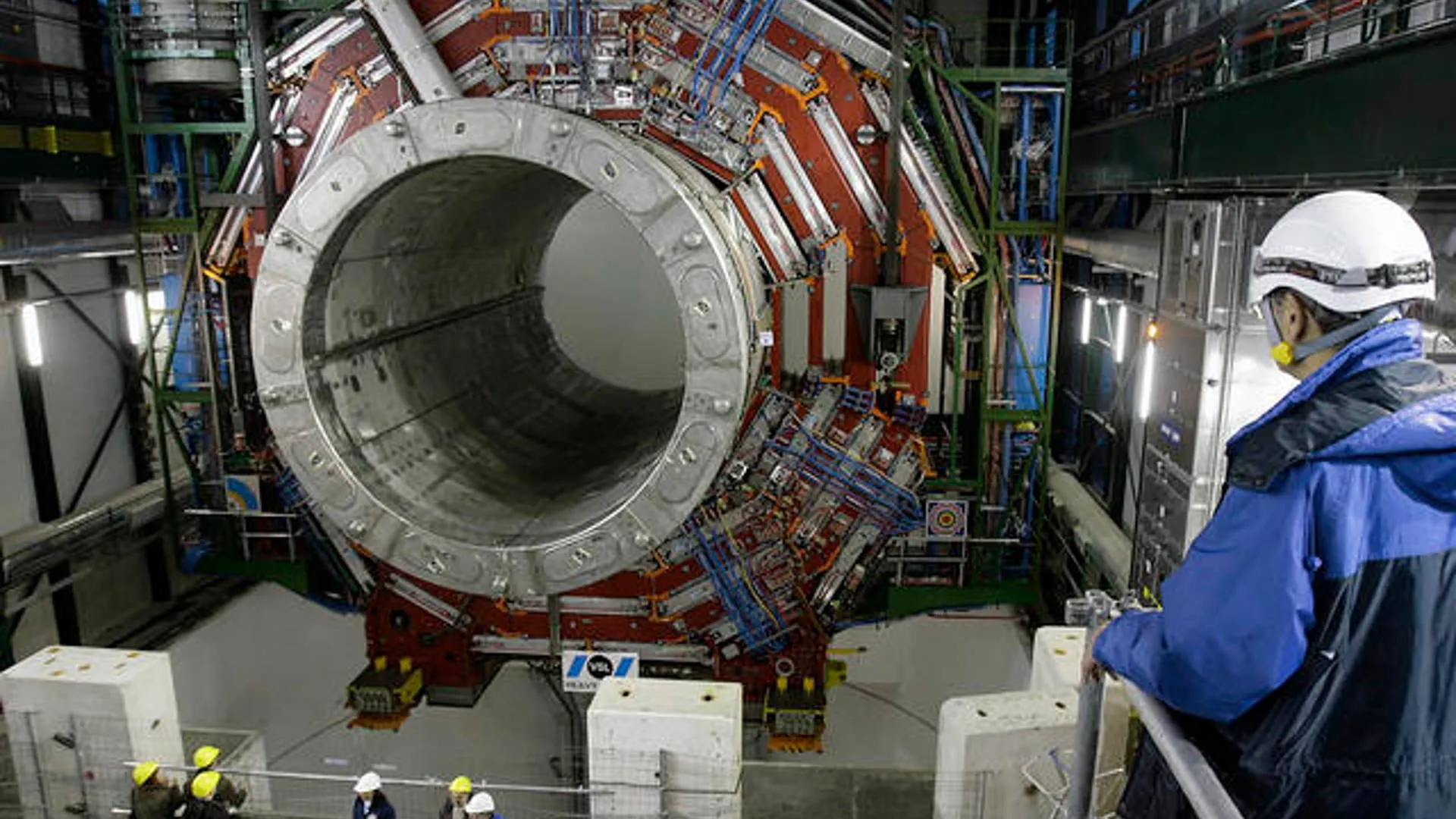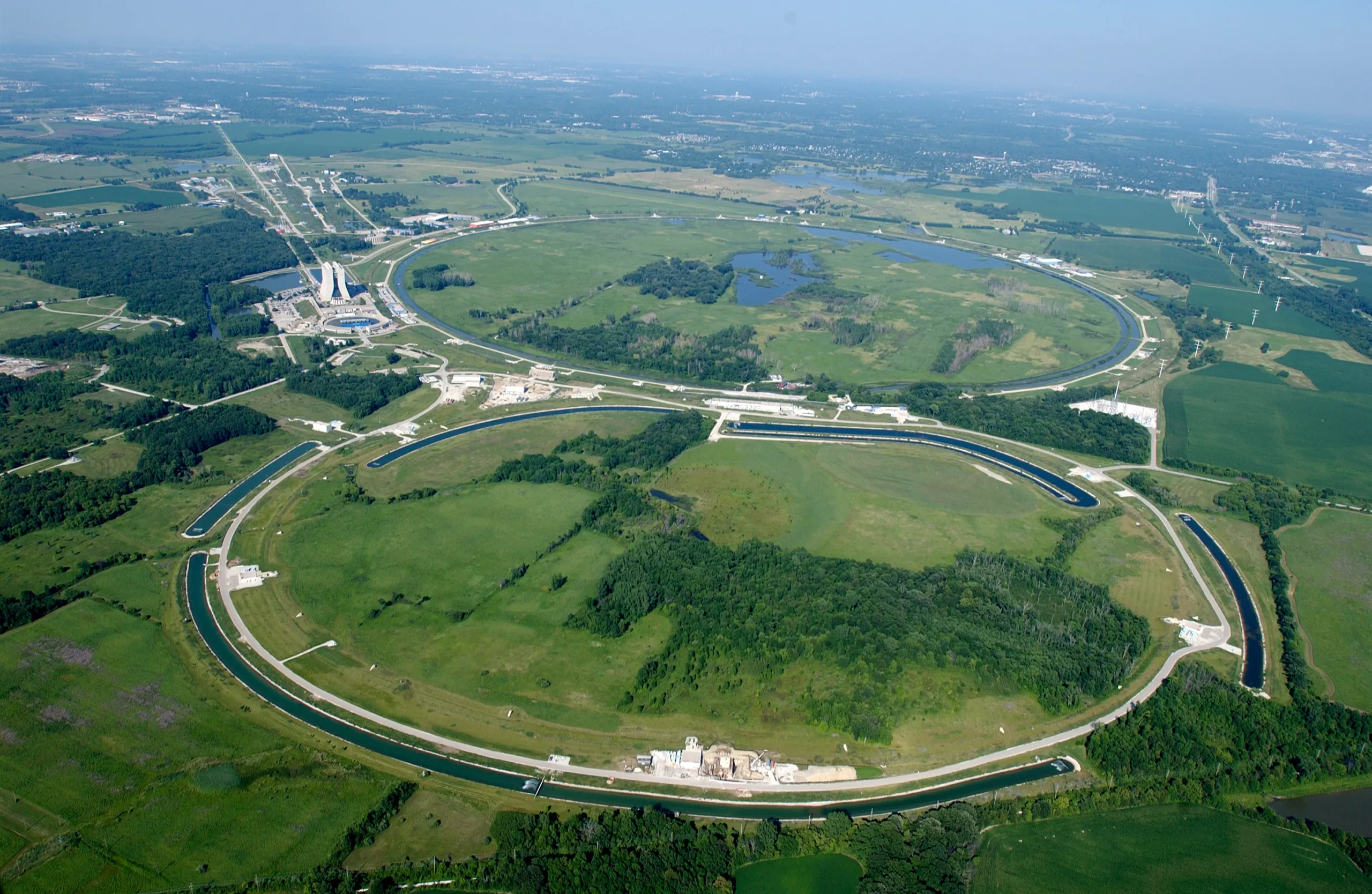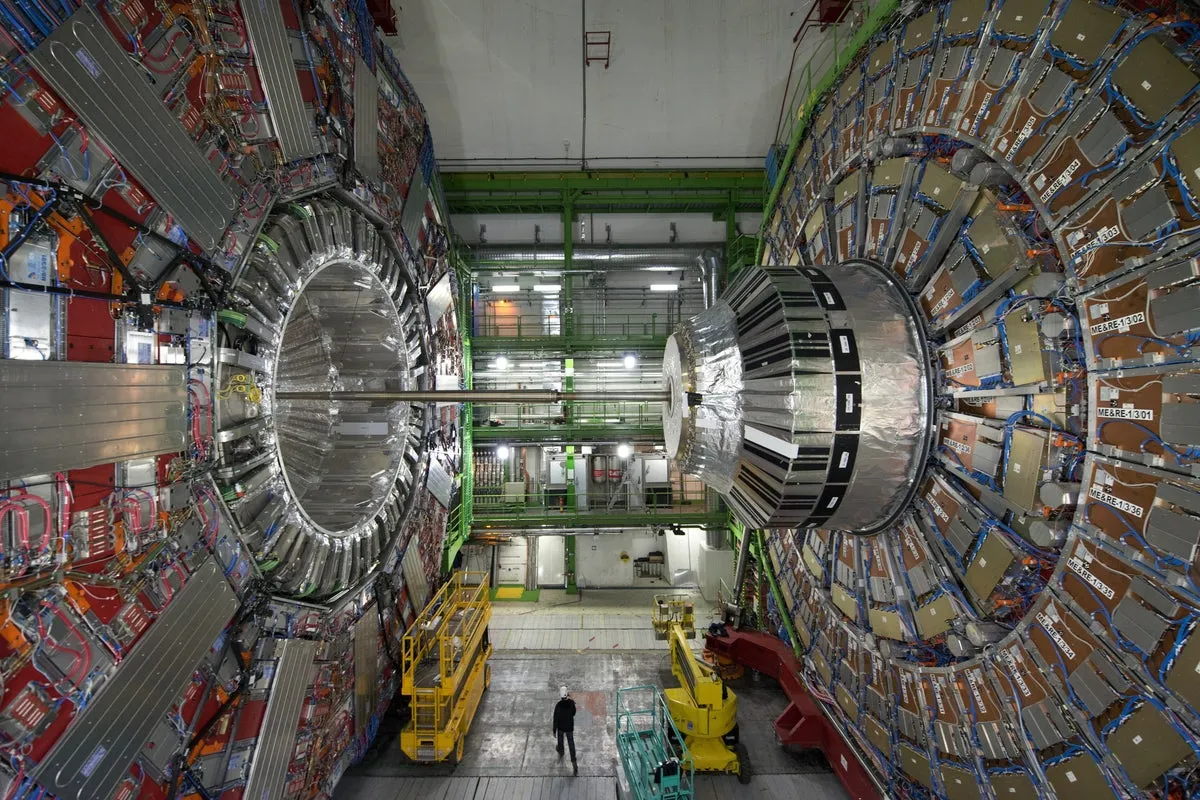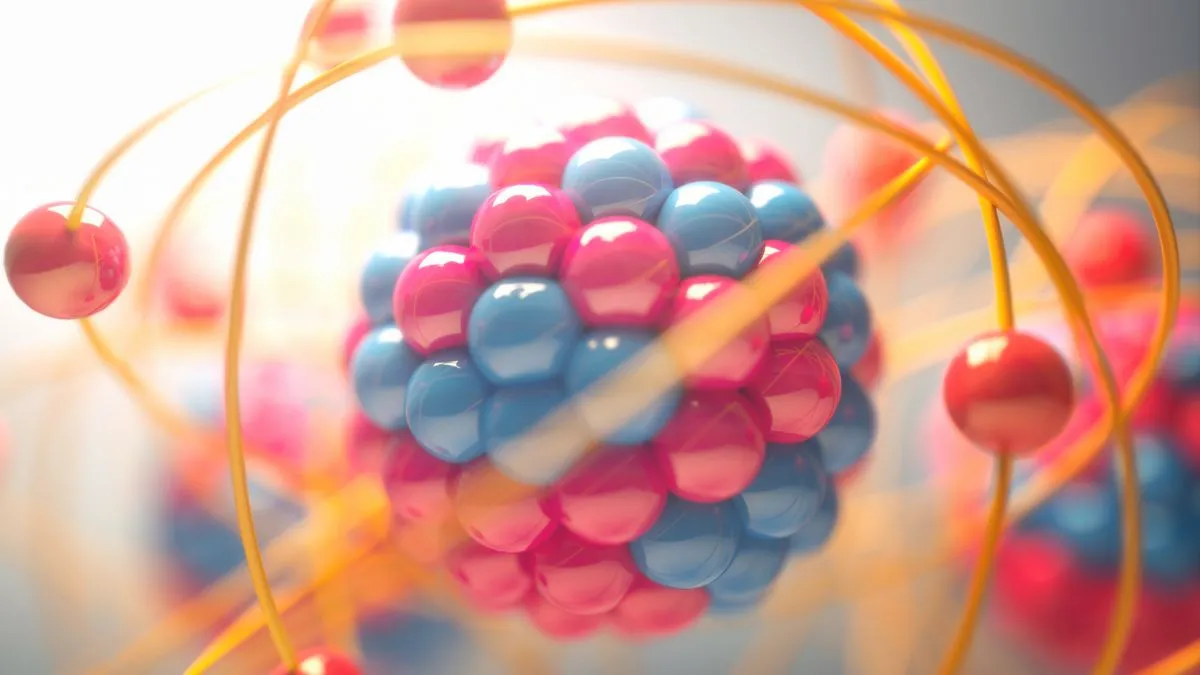The mysteries of ancient alchemy, where medieval scientists sought to transmute lead into gold, seem to have found an unexpected ally in modern science. But rather than relying on the mythical philosopher’s stone, researchers at the world’s largest particle accelerator, the Large Hadron Collider (LHC) at CERN, have achieved this seemingly impossible feat—albeit in a completely different, and far more scientifically intriguing, manner.

The Alchemy of the Modern Age
In a groundbreaking discovery, scientists at CERN near Geneva have revealed that, during the LHC’s second run from 2015 to 2018, they managed to produce 86 billion gold nuclei. This remarkable transformation took place when the accelerator’s beams smashed together lead atoms at speeds of up to 99.999993% the speed of light. The results were awe-inspiring, even if they lasted only a brief moment.
In an almost poetic twist, these lead atoms were turned into gold, though only for a fraction of a second before disintegrating. The tiny amount of gold created—just 29 trillionths of a gram—was fleeting but measurable, as the particles collided with the beam pipe and fragmented almost instantaneously.
ALICE Detector and the Rare ‘Nuclear Transmutation’
The success of this experiment is largely thanks to the cutting-edge ALICE (A Large Ion Collider Experiment) detector at the LHC, which has been designed to handle the complexity of these high-energy collisions. Marco van Leeuwen, spokesperson for ALICE, expressed his amazement at the technology’s ability to capture such rare phenomena.

“It is impressive to see that our detectors can handle head-on collisions producing thousands of particles, while also being sensitive to collisions where only a few particles are produced at a time, enabling the study of rare electromagnetic ‘nuclear transmutation’ processes,” van Leeuwen said in a statement. This accomplishment underscores the LHC’s role in pushing the boundaries of scientific knowledge and technology.
The Alchemical Dream: From Lead to Gold
For centuries, alchemists pursued the mythical goal of turning base metals into gold, a process they believed could be achieved by curing lead, which they thought was ‘sick’, through transmutation. Though their methods were far from scientific, they were not entirely off the mark. Lead and gold share similar properties, with gold containing 79 protons—only three fewer than lead. This close relationship between the two metals explains why modern scientists have found a way to turn one into the other, albeit in an incredibly complex and controlled environment.
In essence, the scientists at CERN didn’t need to work miracles; they simply needed to manipulate protons. By stripping three protons and some neutrons from lead, the result was gold. However, the process isn’t simple. Shaving off one or two protons would create other elements like mercury or thallium instead.
The Role of ALICE’s Zero Degree Calorimeters
To detect and measure the fleeting gold particles created in these high-speed collisions, the team at CERN relied on the Zero Degree Calorimeters (ZDCs) of the ALICE detector. These highly sensitive instruments measure the protons and neutrons generated from the trillions of particle interactions that take place in the collider’s core every second.

Thanks to the precision of the ZDCs, physicists could capture data on the rare occurrence of gold production. “Thanks to the unique capabilities of the ALICE ZDCs, the present analysis is the first to systematically detect and analyze the signature of gold production at the LHC experimentally,” said Uliana Dmitrieva, a physicist at ALICE.
Increased Energy and a Surge in Gold Production
While the process of creating gold inside the LHC is complex, the results are becoming increasingly impressive. In the third run of the LHC, gold production has surged, with the experiment currently generating approximately 89,000 gold nuclei per second. This figure represents nearly double the amount produced during the second run, thanks to the higher energy levels of the third run.
“The results also test and improve theoretical models of electromagnetic dissociation which, beyond their intrinsic physics interest, are used to understand and predict beam losses that are a major limit on the performance of the LHC and future colliders,” said John Jowett, another physicist involved in the experiment. These advancements hold significant implications for both the understanding of particle physics and the future of accelerator technology.
Beyond the Alchemy: Physics and Future Colliders
While the production of gold at the LHC might seem like a magical feat akin to ancient alchemy, the true significance lies in the deeper physics behind it. The ability to study such rare electromagnetic processes is not only a triumph in terms of the gold created but also serves to refine theoretical models of particle behavior.

Moreover, these findings have real-world applications for improving the efficiency of future particle accelerators. By understanding the processes that lead to the creation of gold and other elements, scientists can enhance the performance of the LHC and other colliders, paving the way for even more extraordinary discoveries.
The discovery that the Large Hadron Collider can transform lead into gold in the blink of an eye isn’t just a scientific marvel—it’s a reminder of the rich, centuries-old dream of alchemy, but brought into the realm of modern physics. While medieval alchemists failed in their quest for eternal wealth, today’s scientists are unlocking the secrets of the universe, one particle at a time.
As the LHC continues to push the boundaries of our understanding, who knows what other age-old mysteries will be solved? But one thing is certain: the world of particle physics has its own brand of modern-day magic.










